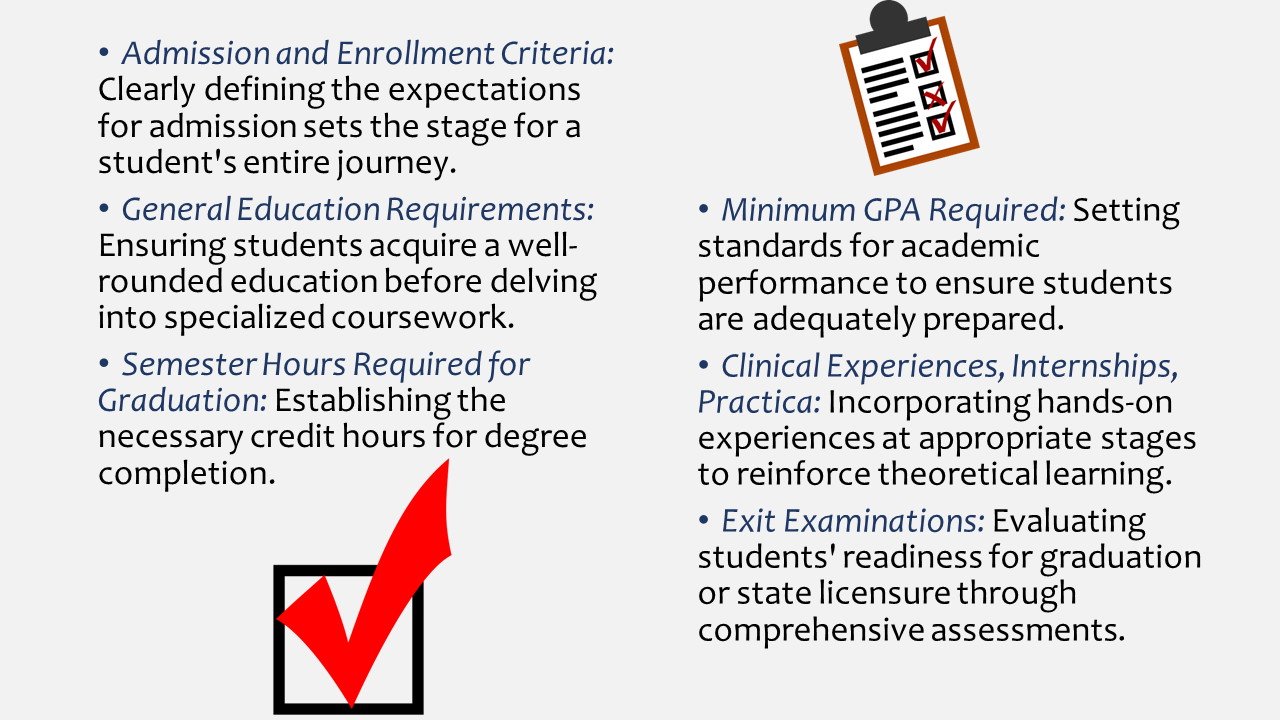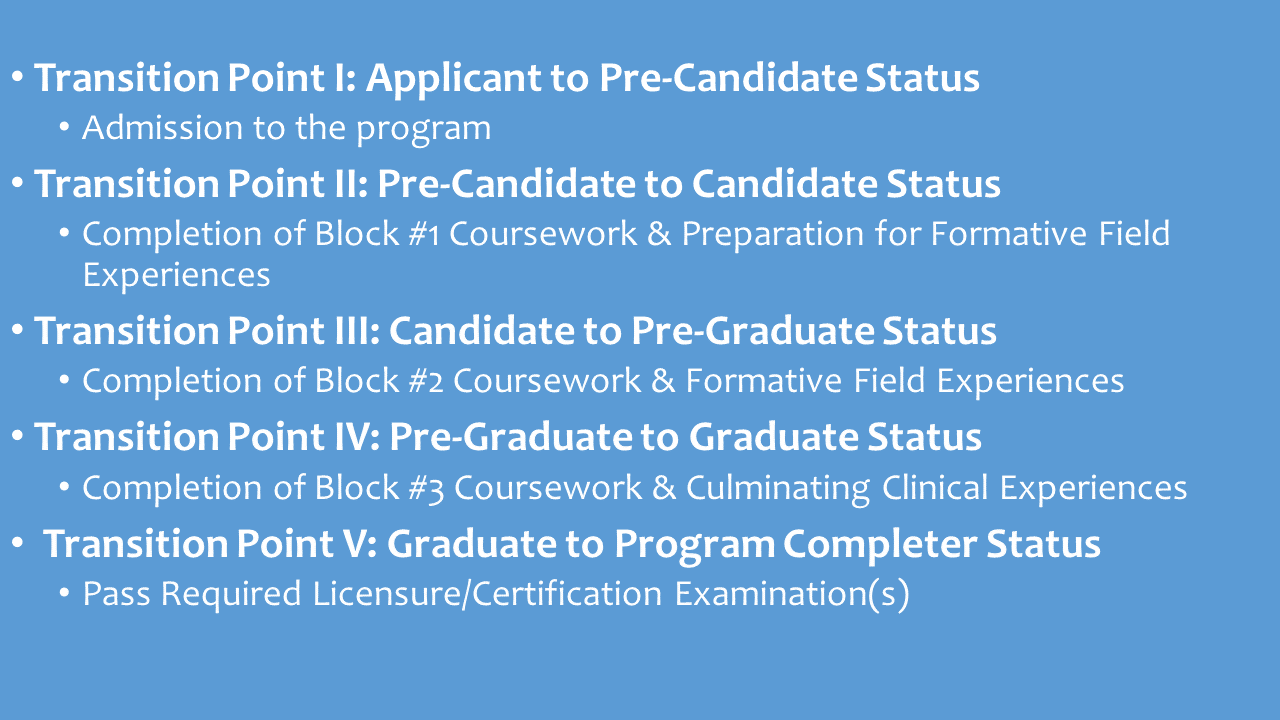Introduction
In the dynamic landscape of higher education, successful program completion involves more than just attending classes and earning credits. It requires a structured and purposeful journey through well-defined transition points or milestones. These markers delineate specific phases of progress that students must navigate to ensure they are well-prepared for the challenges that lie ahead. This is especially crucial in licensure-based programs like nursing and teacher education, where the sequential mastery of skills is paramount.
The Protective Structure of Transition Points
Transition points are not arbitrary hurdles; they are a safeguard, ensuring that students progress through a program in a planned and thoughtful manner. The structure serves to protect students and foster their success. It prevents them from signing up for an advanced level course before they have successfully completed foundational level work. Moreover, these gateways provide them with a chance to build their developing skills in key areas before engaging in field experiences. And, by adhering to established transition points, students are much more likely to graduate on time, pass licensure examinations, and get hired for a job in their chosen profession after graduation.
Key Criteria for Identifying Transition Points
Department chairs and faculty should carefully consider various criteria when determining the right transition points. For example:

A Transition Points Framework
To guide educators in implementing effective transition points, a customizable framework can be immensely beneficial. For instance, in educator preparation programs, a five-point model might include:

This framework acts as a roadmap, offering a detailed depiction of a student’s progression from matriculation to program completion. Each transition point represents a crucial phase, ensuring that students are adequately prepared before advancing to the next stage. As long as a student meets the stated expectations, the journey continues and they move ahead toward graduation. If the student fails to meet one or more expectations in a given stage, the institution implements a plan for remediation, additional support, or in some case, counseling out of the program.
Conclusion
Transition points are the linchpin of a successful higher education program, providing a structured path for students to navigate. Through careful consideration of key criteria and the implementation of a tailored framework, educators can guide students toward timely graduation, licensure success, and a seamless transition into their chosen professions. By prioritizing these markers, institutions not only protect the interests of their students but also contribute to the overall success and reputation of their programs.
###
About the Author: A former public school teacher and college administrator, Dr. Roberta Ross-Fisher provides consultative support to colleges and universities in quality assurance, accreditation, educator preparation and competency-based education. Specialty: Council for the Accreditation of Educator Preparation (CAEP). She can be reached at: Roberta@globaleducationalconsulting.com
Top Photo Credit: Clay Banks on Unsplash

